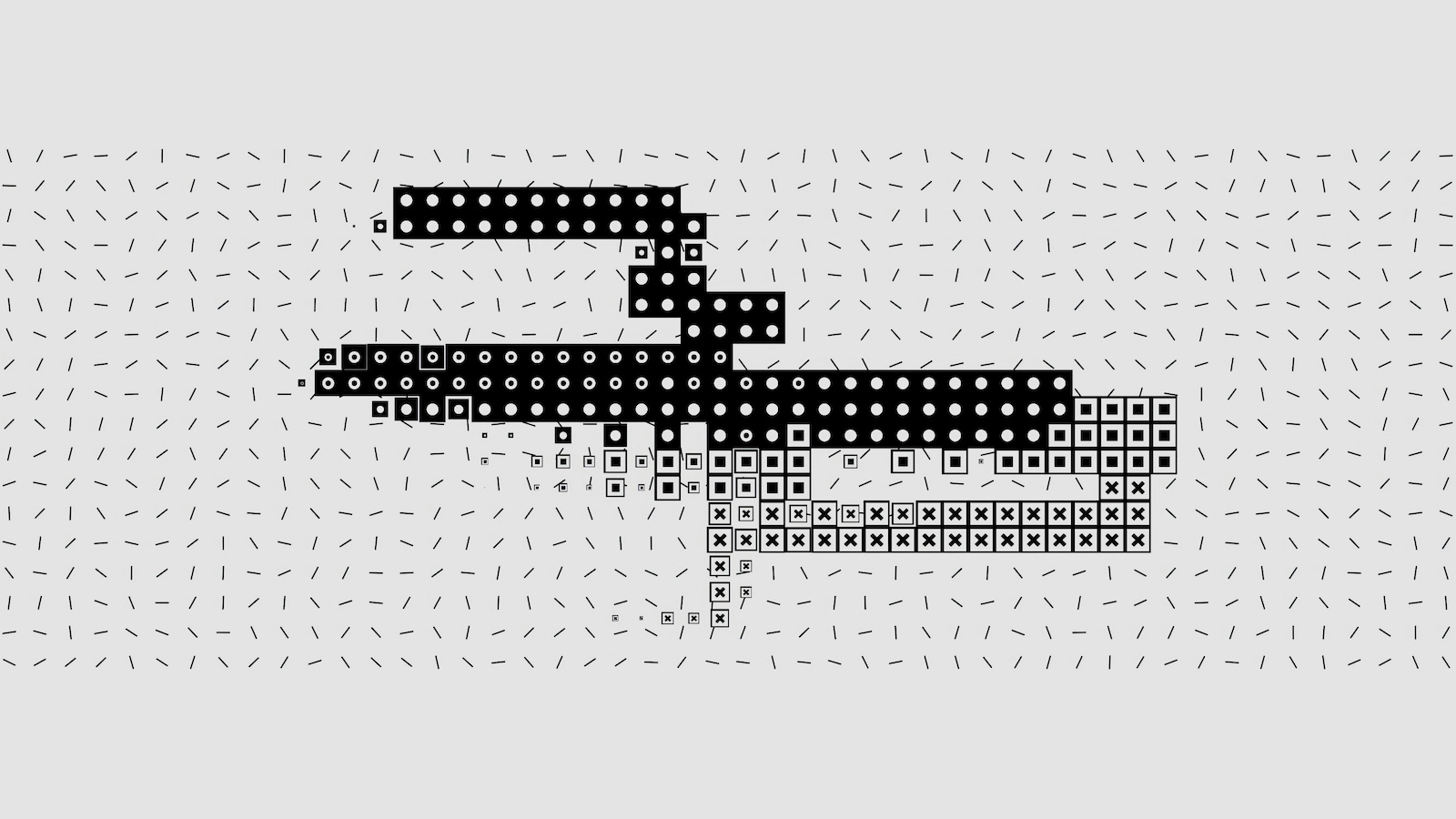The most preferred product design provides maximum coverage with a minimum price. As a result, the insurance industry consists of dozens of companies selling the same products at similar prices.
Fortunately, cheese manufacturers do not think like insurance companies. Otherwise, we all would eat the same, tasteless white cheese, and we would never experience Gouda.
The key reason for the monotony of the insurance market is that companies consider product development in quite a mechanical way. By contrast, while the iPhone is a wonder of technology, it was designed by an industrial designer, not by hardware engineers. I do not even want to imagine how a mobile phone designed by engineers would look.
In fact, you do not have to be the most creative person in the world to design an insurance product. Asking the right questions and getting real answers would be enough.
Let's consider an imaginary case study.
See also: How to Speed Up Product Development
“Amisos Insurance” has been operating in the health insurance market, where competition is high. The company would like to develop an insurance product to differentiate itself in the market and gain a niche, loyal customer base. By answering the following five questions, in line with the company’s marketing strategy, we will be able to design a unique insurance product that meets customers’ needs and expectations.
Who Is the Target?
Regardless of what, start with the defining of a target segment. Designing a product without defining the target segment and not understanding their expectations is like trying to sell one size of dress during Paris Fashion Week.
Example answer: Potential health insurance customers, aged 22-55, moderately overweight.
What Is the Problem/Need?
If there is no problem, there is no need. No need, no product. Defining the product in depth is key for the determination of the solution.
Example answer: Most of these people need guidance, support and incentive to live healthier lives. In addition, being overweight triggers health problems, so the loss/premium ratio is bad in this segment, and premiums are high.
What Is Your Solution?
This is exactly what the product is; our solutions to people’s problems. The product you designed should provide the most possible benefit in the broadest perspective to people. Think beyond claims!
Example answer: In addition to classical health insurance coverage, the product includes a wellness program that aims to make people healthier; “Healthier Today.”
- Insureds would be examined for their body mass index, blood pressure, EKG, etc.
- Nutrition and training consultancy would be provided based on measured value.
- Discounted nutritionist and gym services would be offered.
- Healthier life would be supported via mobile apps, wearable devices and cloud health monitoring services.
- Daily, weekly, monthly targets would be followed by using gamification methods.
- Small gifts and instant premium discounts would be provided depending on the hit ratio of customers.
- In this way, customer engagement, satisfaction and loyalty will be ensured. Also, loss/premium ratio will be improved.
What Is Your Difference?
This is a question that insurance providers often miss. It seems like most are unaware of the importance of differentiation even though it is the only way to get out of the bloody price competition in the market.
Example answer: Beyond covering hospital expenses, the product offers free and discounted services to support customers’ healthier life, by using nudge and gamification mechanisms.
How Would You Describe the Product in One Sentence?
This is the easiest and the hardest question. If you gave the right answers to the first four questions, this one is a piece of cake. But if you had missing answers, it's not easy to generate a meaningful sentence.
Example answer: Amisos Insurance is here to support your healthy life today, beyond covering your hospital expenses.
It is possible to apply this case study to any company or any insurance line. With few exceptions, I think products developed in the insurance market are not able to provide answers for these fundamental questions.
See also: Bridging Health and Productivity at Work
As you have guessed, product design in five minutes is a metaphor. To design a good insurance product, you must first have market know-how, empathy with the customer and knowledge of insurance principles.
The situation is a bit like this story about Picasso:
——
While Picasso was enjoying his evening meal at a restaurant, the waiter recognized him and asked, “Mr. Picasso, I am a fan of your work. Please, could you do a little drawing for me?”
Picasso drew a picture immediately, extended it to the waiter and said. “You owe me $100,000.”
The waiter objected, “$100,000? Why? That took you no more than five minutes to draw!”
“No,” Picasso said. “It has taken me 40 years and five minutes.”








